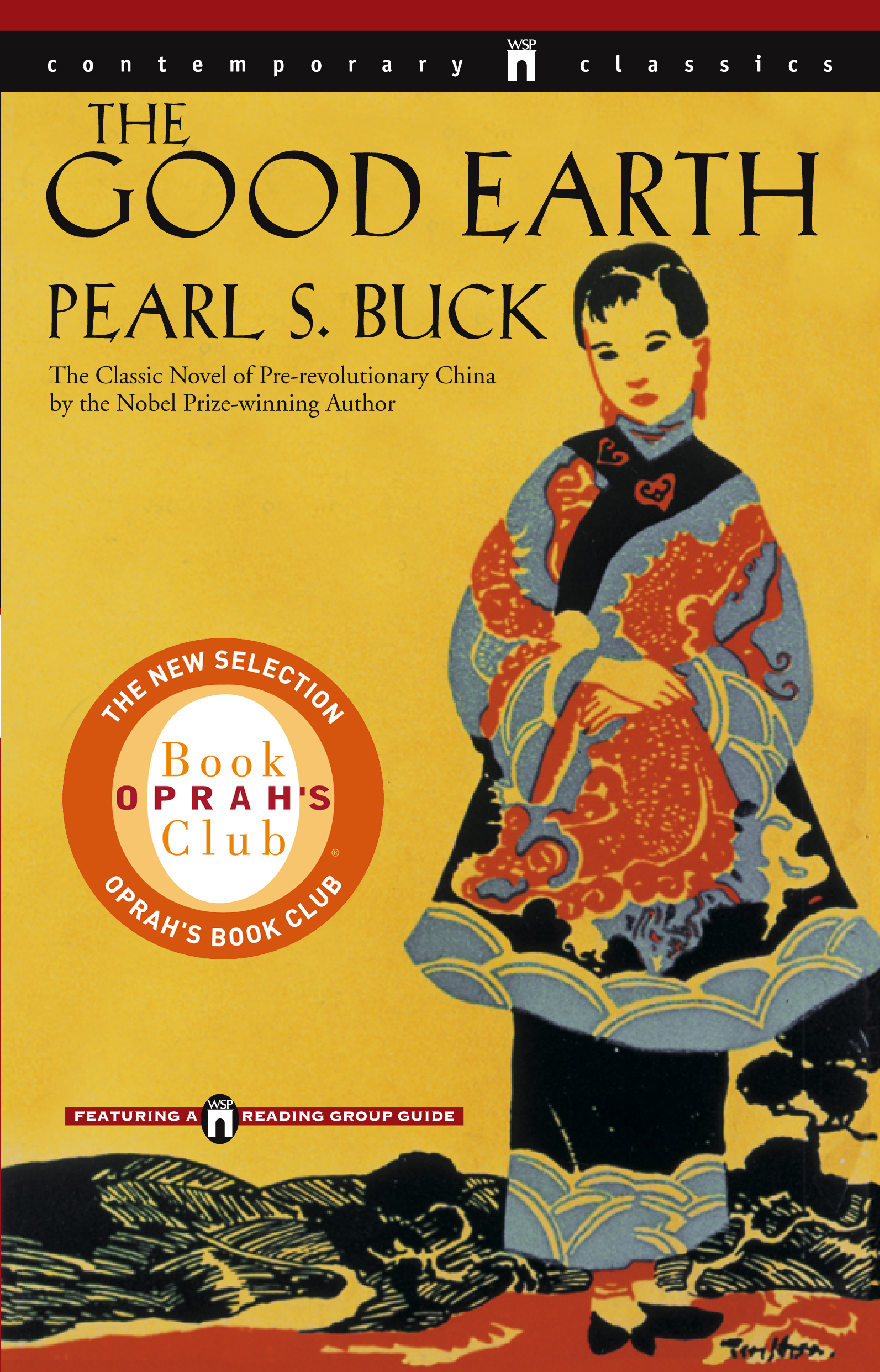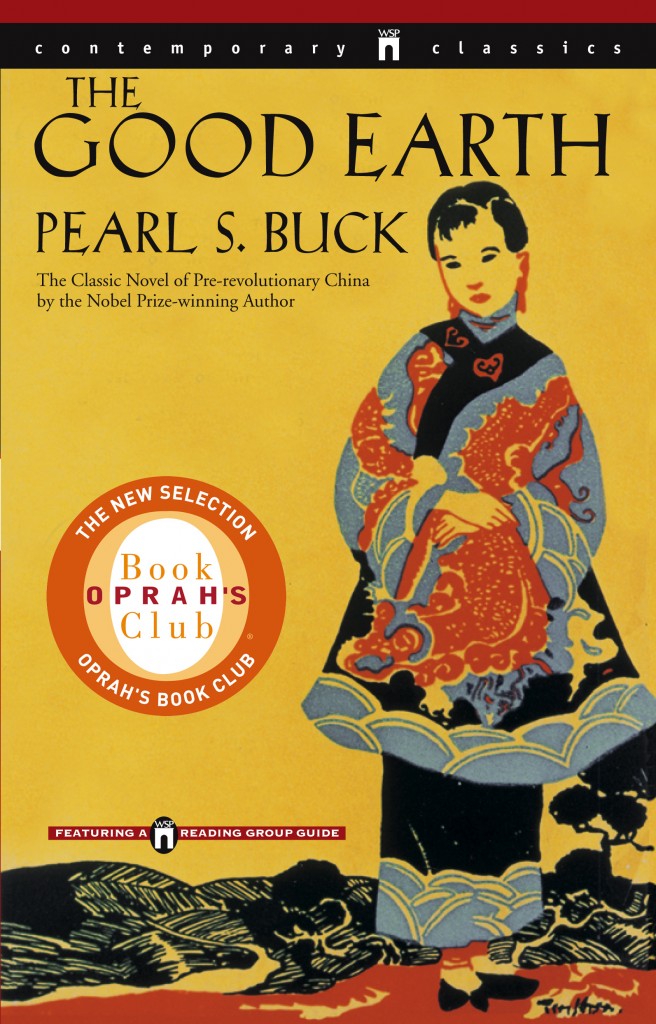An worthwhile foray into the agrarian world of pre-Revolution China”
Published in 1931, “The Good Earth” is the first in “The House of Earth” trilogy. The book was awarded the Pulitzer prize in 1932, and its author, Pearl S. Buck went on to win the Nobel Prize for Literature.
This is the beautifully written story of Wang Lung, a Chinese farmer with a deep and enduring love for his land. The story spans his lifetime from young adulthood until his old age near his death. The setting is rural pre-Revolution China. The language is simple and dispassionate. The characters are flawed but richly presented. The themes are universal, timeless and filled with irony. It is a story of the passions that drive all human beings to achievement and often to tragedy and destruction. The author takes us on an emotional journey of ambition, survival, the attainment of wealth, self-sacrifice, family, the abandonment of traditional values and of lust.
The contrast between modern Western culture and the Chinese agrarian culture at that time is striking, and I perceived that the story contained a faint thread of disdain for that society’s treatment of women. I found the author’s subtle superiority slightly unsettling. I thoroughly enjoyed the book but found that while the author presents the characters and customs with affection, she remains firmly an outsider with a voice tainted, almost imperceptibly, common to Western writers who find themselves immersed in an alien culture.



